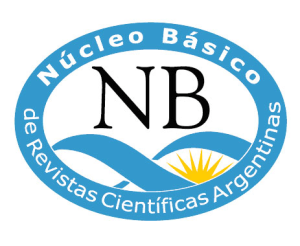Detection of Salmonella spp. and enterobacterias in egg for consumption from cage-free systems
DOI:
https://doi.org/10.62168/invet.v27i1.55Keywords:
safety, animal welfare, alternative productionAbstract
The presence of Salmonella spp. and the Enterobacteria count were studied in eggs from hens housed in cage-free systems on 30 farms in the province of Buenos Aires and southern Santa Fe. The analyses carried out to detect the presence of Salmonella spp., both on the shell and inside the egg, were negative. Regarding the Enterobacteria count, they were isolated in most of the eggs with colony count values within the permitted range, except for 4 % of the farms where higher values were detected. In these cases, it was recommended to improve biosecurity measures that also consider the safety of the eggs. These microorganisms can not only cause economic losses in poultry production, but also represent a risk to public health. The results indicate that if the cage-free production system incorporates good poultry practices, the eggs produced are of excellent microbiological quality.
Downloads
Downloads
Published
Issue
Section
License
Copyright (c) 2025 Zulma Canet, Olga Riva, Jose Daniel Rodriguez, Martin Andersen

This work is licensed under a Creative Commons Attribution-NonCommercial-NoDerivatives 4.0 International License.













